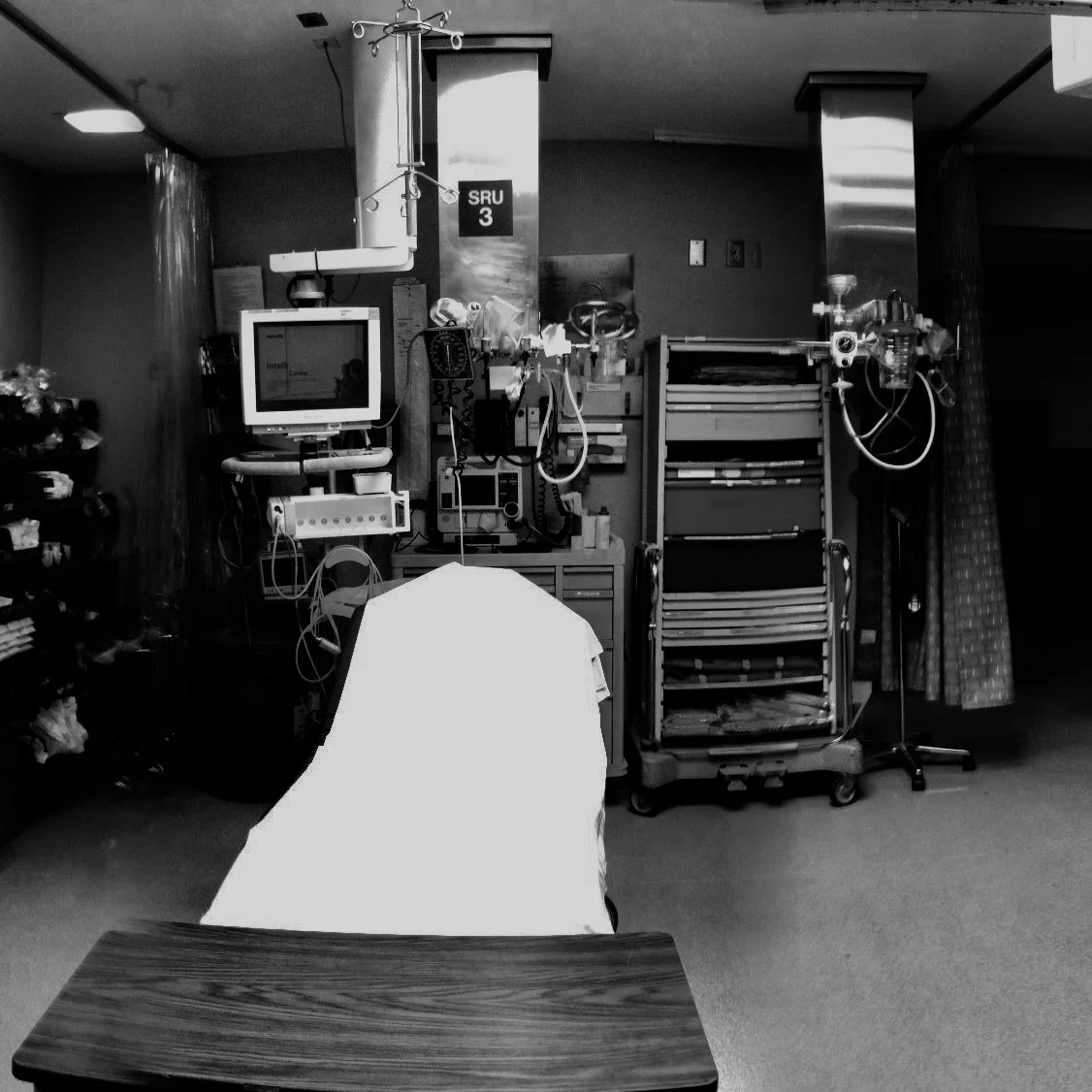Emergency airway management is being revolutionized. Think about it…those of us who are in training now are being exposed to some very different core skills. The big culprit is the recent advent of video laryngoscopy – not much argument there.
With that said, I will argue that almost as significant as the advent of video laryngoscopy from a general “airway management revolution” perspective is the philosophical change of many pre-hospital providers in that it is becoming the norm for extra-glottic devices to be placed primarily, or at least considerably more often than in the past.
It is likely that the rate of field placement of extra-glottic devices will become more common. Thus, we will probably see many more patients present to the ED in whom EMS has placed an extra-glottic. As we recognize the power of extra-glottic devices, I think that even the most advanced airway managers will use extra-glottic devices with more frequency to facilitate rescue oxygenation and ventilation.
This begs the obvious question: should we remove these devices after they are in and working?
Read More

















